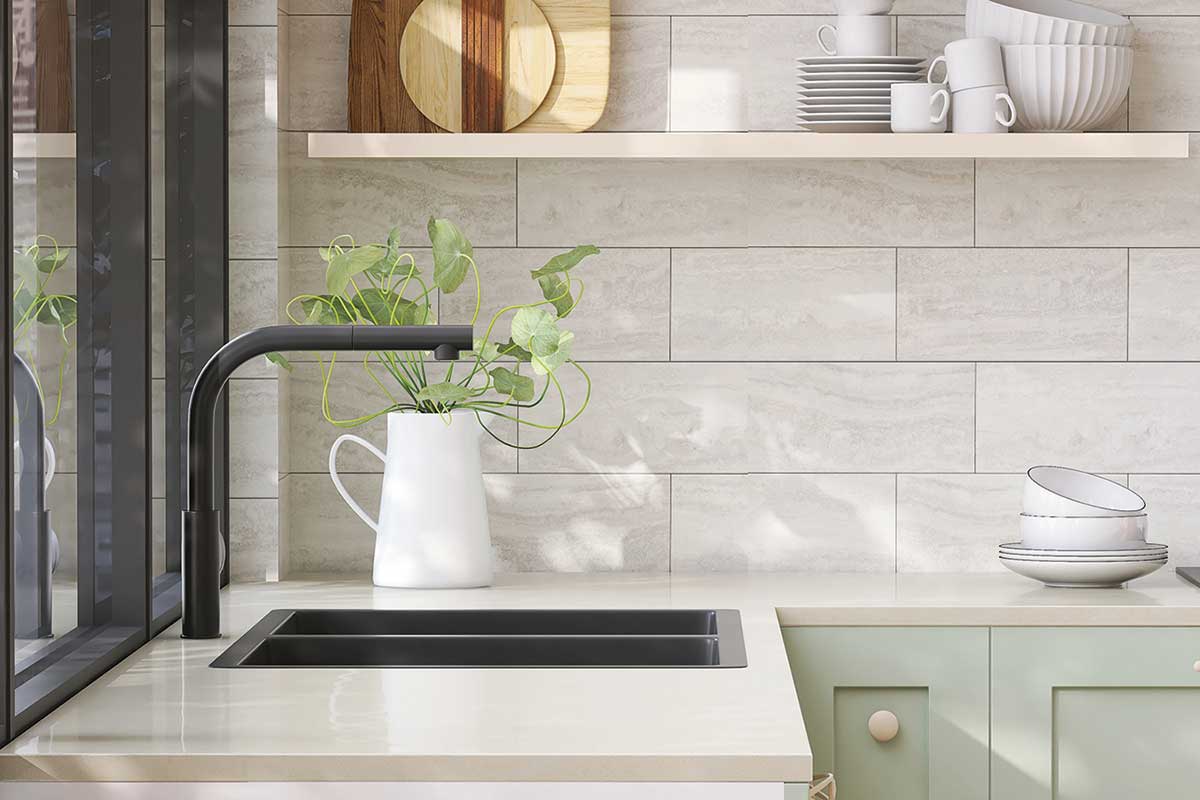Mold spores spread through the air and water and on animals. The fungi can grow almost anywhere there’s moisture and organic material—including in your home.
And summer is the season mold and mildew love most.
Exposure to mold can affect your health, with common symptoms including congestion, eye irritation, wheezing and difficulty breathing.
So make mold unwelcome in your home by following a few simple steps.
Invest in an indoor humidity monitor to check that the humidity inside your home doesn’t creep higher than 60% (50% is better). If it does, it’s time to install a dehumidifier. You can find portable room dehumidifiers for less than $200, or you can cover the whole house for less than $2,000 (depending on the size of your home, of course).
Close the windows while your air conditioner is running. Open windows and doors not only let cool air escape, they also invite humidity indoors.
Clean up puddles. Standing water around your refrigerator or freezer or at windows and doors can raise humidity levels in your home. Also check for foundation leaks.
Run your washer, dryer and dishwasher after dark. Among the biggest culprits of high indoor humidity are appliances that generate heat. Waiting until after dark, when the outdoor humidity is lower, will help keep your indoor humidity levels in check.
Properly repair holes in your roof or gaps in your walls. Mold spores can come in through gaps in external walls, and a leaky roof can be all too encouraging for mold.
Fix faucet leaks. While dealing with that slow drip might not be at the top of your chore list, ignoring it fosters mold.
Remove wet carpet or old carpet that has been water damaged. It’s very difficult to remove mold from carpets.
Reduce moisture around windowsills. Use moisture-eliminating products like absorbers or traps on your windowsill if you have condensation; otherwise mold may eat at wooden frames or collect on PVC window seals.
Clean your air conditioning unit. When tackling mold, it’s crucial to thoroughly and regularly clean and maintain your AC. Mold colonies can live in AC ducts, meaning that the spores and toxins they emit can quickly spread throughout your home. And use a top-quality pleated air filter with a minimum efficiency reporting value rating of at least 8.
Store safely. Keep stored belongings several inches up off concrete floors and away from foundations where dampness can easily seep in. This is especially important with organic material like cardboard boxes.
Ventilate when and wherever possible. Poor or missing ventilation fans in damp spaces like baths and kitchens can leave enough moisture behind to sustain a mold problem. Make sure baths and kitchens are vented by properly sized fans that take moisture outside and not into attics. Keep the bathroom door open after bathing or showering to speed the drying of surfaces.


